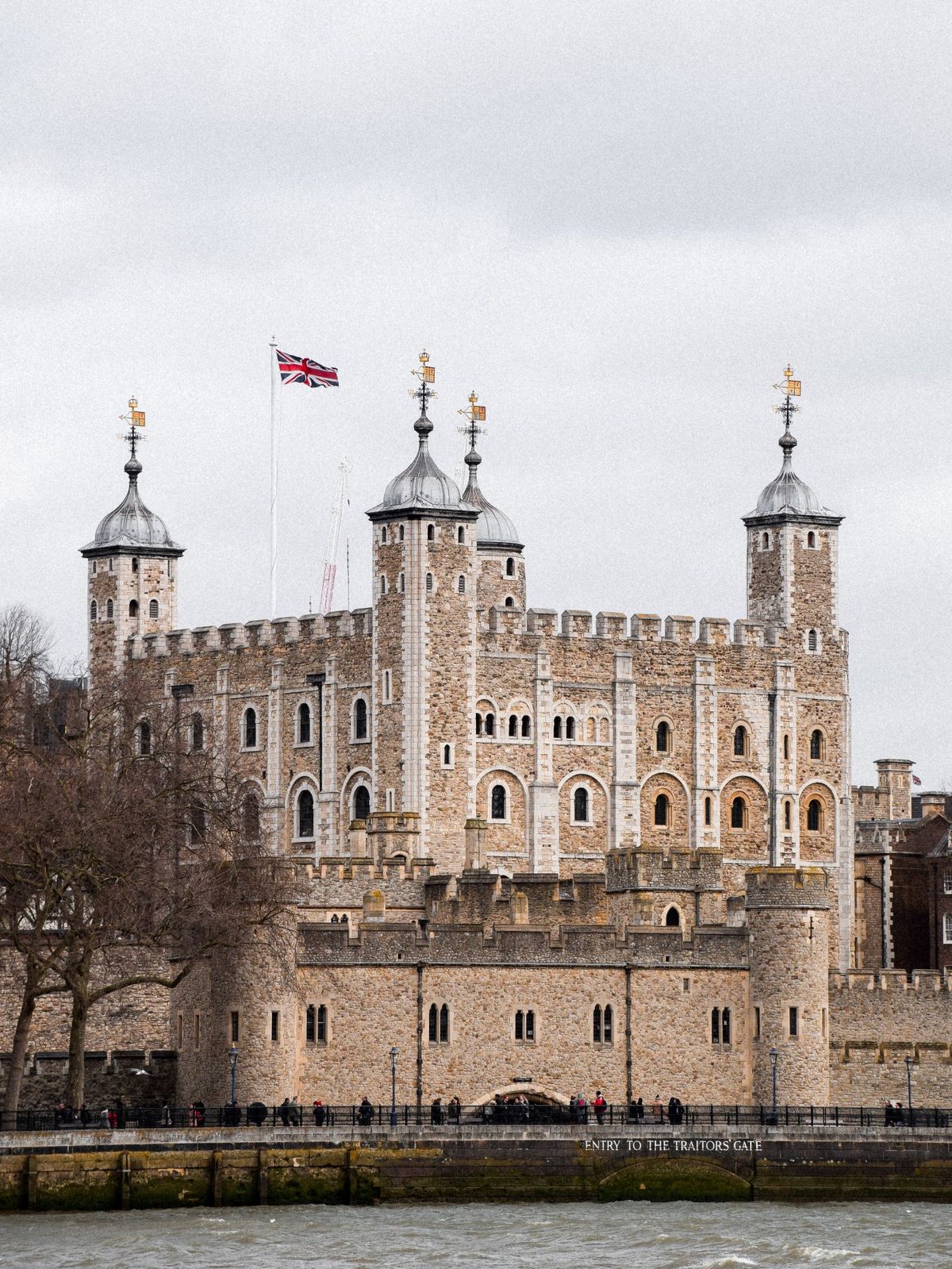Who was Lady Jane Grey, and Why was she beheaded?
As the shortest reigning Queen of England, Lady Jane Grey never got her shot at ruling a kingdom. Unfortunately, her people used her as a pawn in a political and religious struggle for power.

As the shortest reigning Queen of England, Lady Jane Grey never got her shot at ruling a kingdom. Unfortunately, her people used her as a pawn in a political and religious struggle for power. She didn’t have much choice in the matter, but she made it into the history books like many queens before and after her.
Early Life and Background
Lady Jane Grey was born in Bradgate, Leicestershire, England, in 1537. As the great-granddaughter of the late King Henry VII, her noble status allowed her to have quality education and upbringing. Jane stayed in the household of Catherine Parr and her fourth husband, Thomas Seymour.

To put history into perspective, Jane grew up when King Henry VIII lived out the rest of his life and ultimately passed in 1547. King Henry VIII had three children: Mary, Elizabeth, and Edward. The eldest, Mary, was born from the union of Henry VIII and his first wife, Catherine of Aragon. The middle child, Elizabeth, was the child of Henry’s second wife, Anne Boleyn.
Plot to the Throne
Edward, the youngest and heir to the throne of England, was born to Henry’s third wife, Jane Seymour. After Henry died, ten-year-old Edward ascended to the throne. As he grew up, he embraced the Protestant religion and wanted to keep England a Protestant nation. At this time, Edward was very sickly and needed to formulate a line of succession in case he died suddenly.

His older sister Mary was technically next in line, but she was very faithful to her mother’s Catholic religion. Edward needed to find another Protestant heir to keep the belief. The solution was his cousin, Lady Jane Grey.
Edward died in 1553, leaving the country in the hands of 16-year-old Jane. After a brief fainting spell, Jane was proclaimed Queen of England. Outraged, Mary gathered the support of the Catholic English people and arranged a plot to overthrow the new Queen. The overthrowing ended up working, and Jane was sent to the Tower of London for high treason.
Her Death

Mary sentenced her to death, but she pardoned Jane because of her age and innocence in the whole scheme. Jane and her husband Lord Guildford Dudley lived in peace for about a year before her father organized a rebellion to overthrow Queen Mary.
As punishment, Mary ordered Jane, her father, and her husband to be sentenced to death by beheading. In 1554, she was executed because of a religious struggle.
Jane couldn’t do much as Queen, and historians aren’t sure she even wanted to rule. Noble girls like her were frequently married off for political alliances or used in a game of power. The people often ignored their opinions on the matter and by those who recorded the events for history.
I want to say that the past is the past, but then I’d be lying. Powerful people still manipulate those with less than them, and that fact has not changed. Since then, humans have expanded their horizons when it comes to controlling resources, money, and people. Luckily, those who are oppressed are speaking out and taking action against those who try to use them.